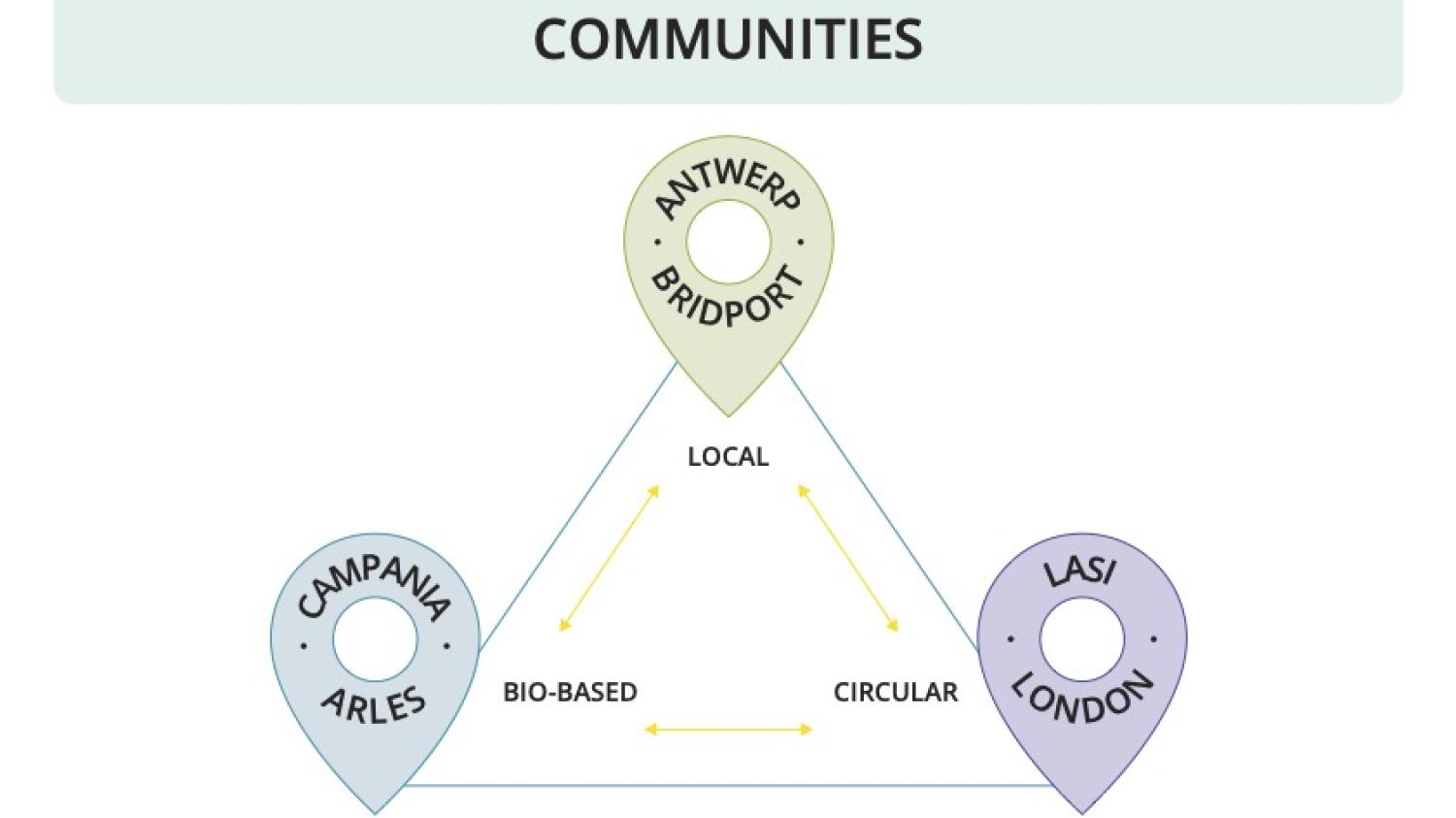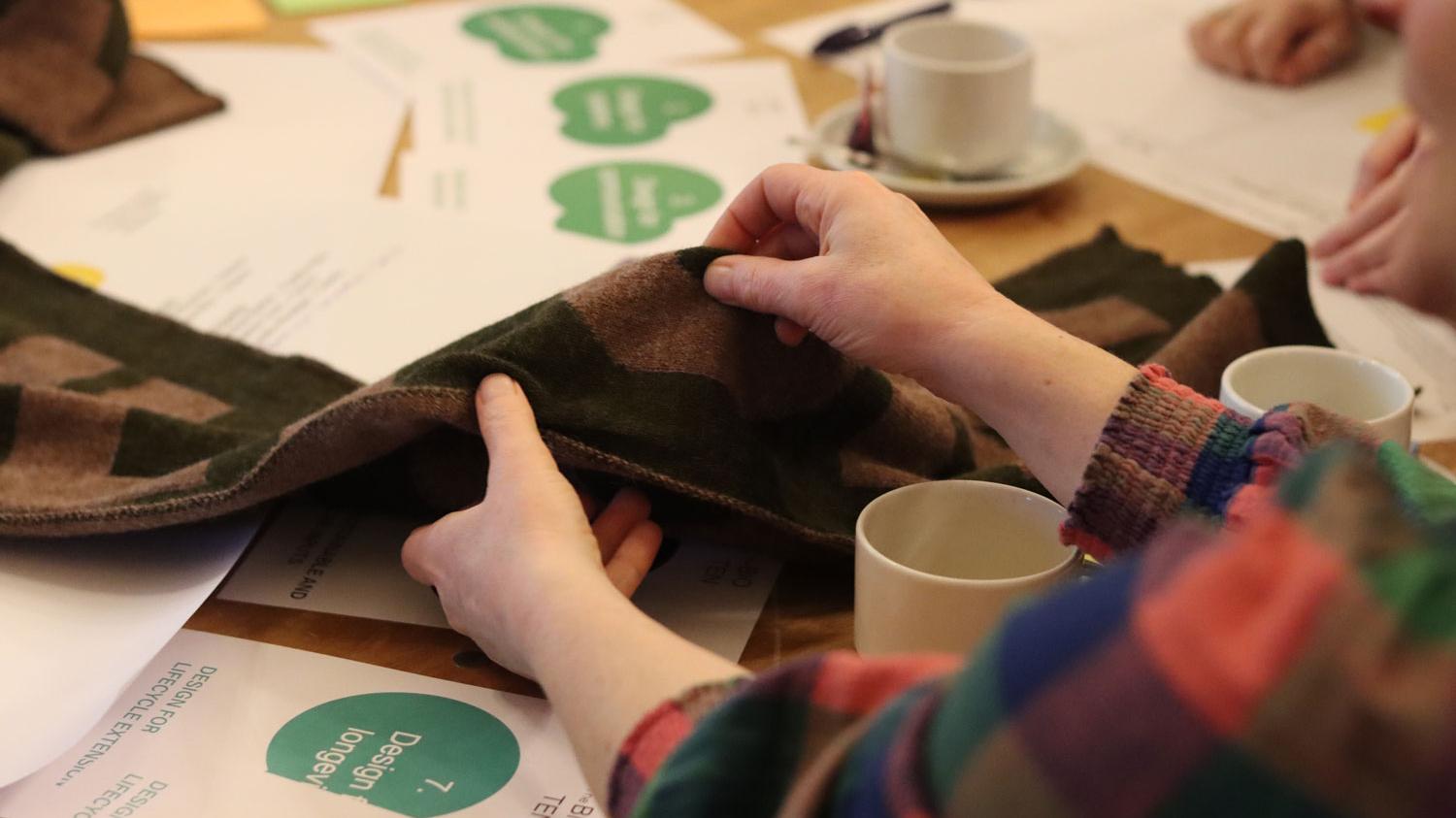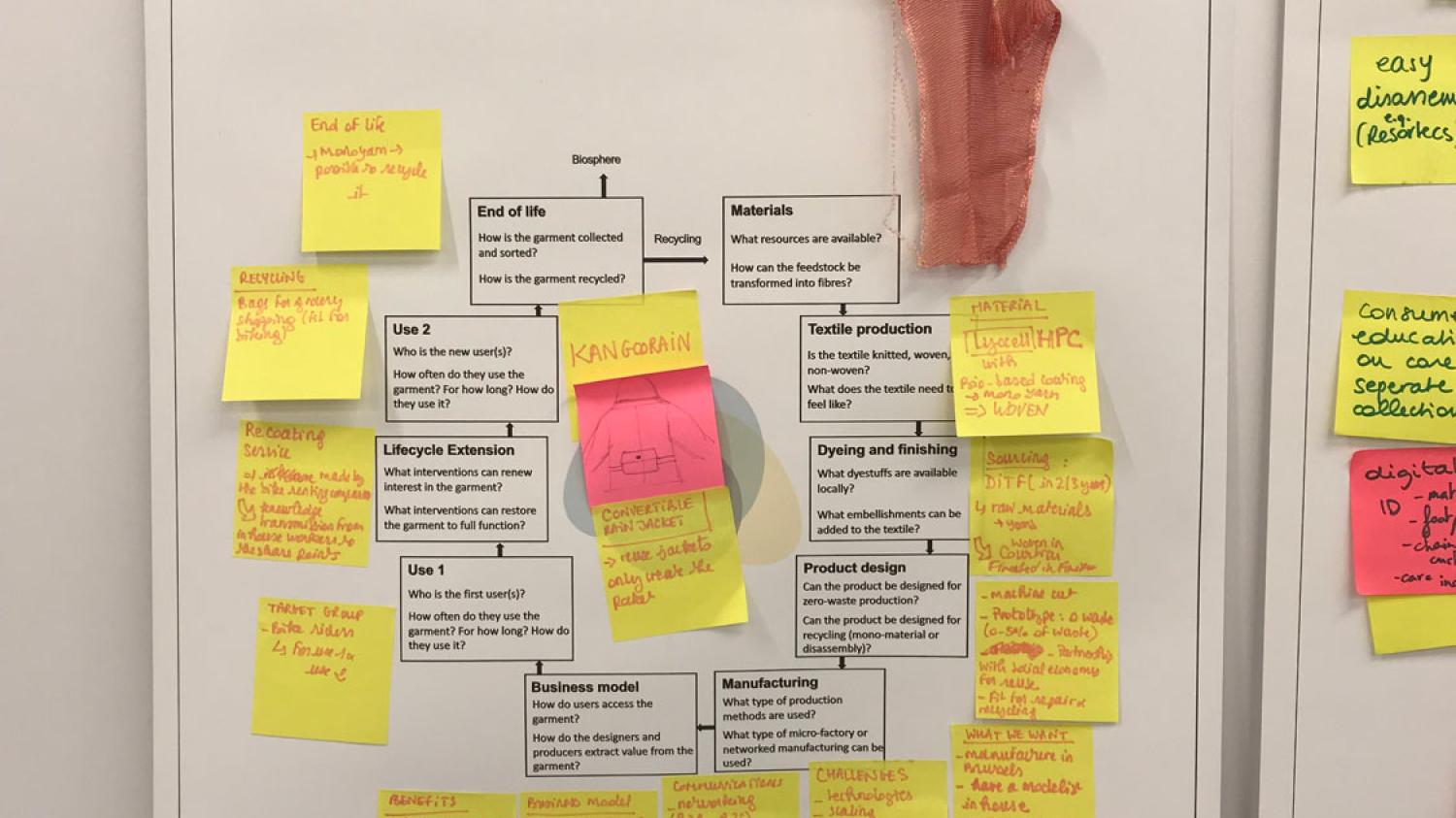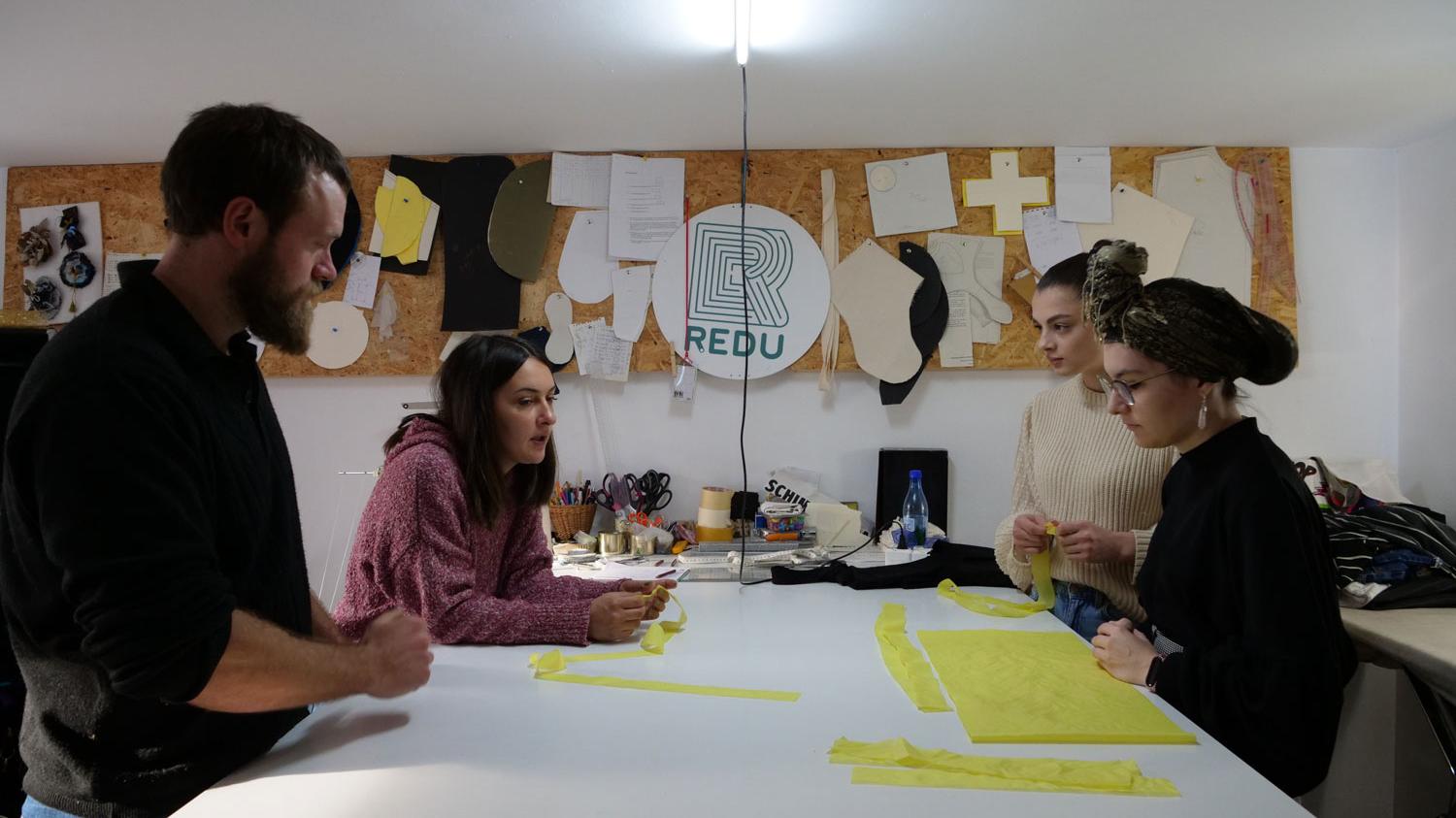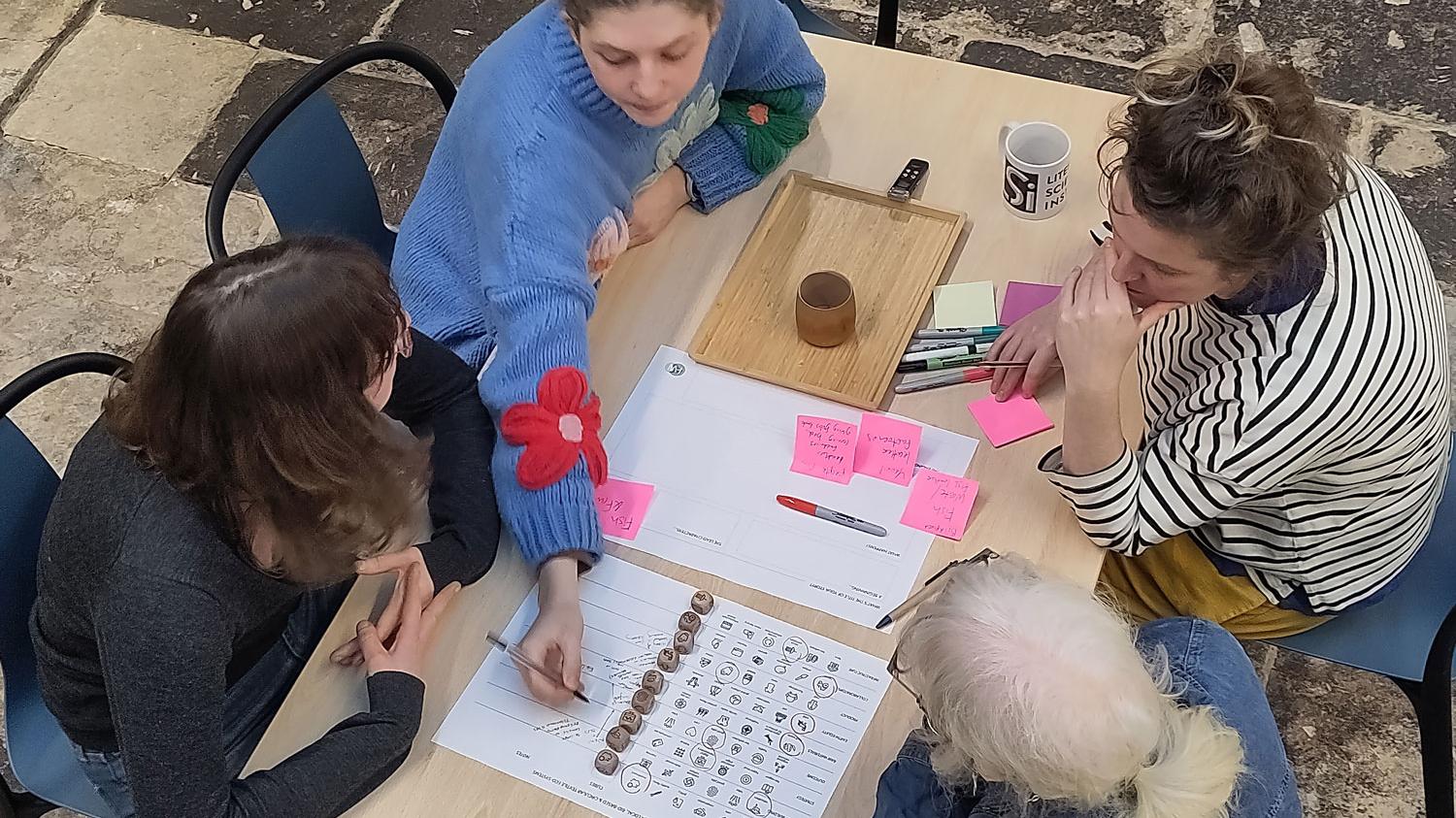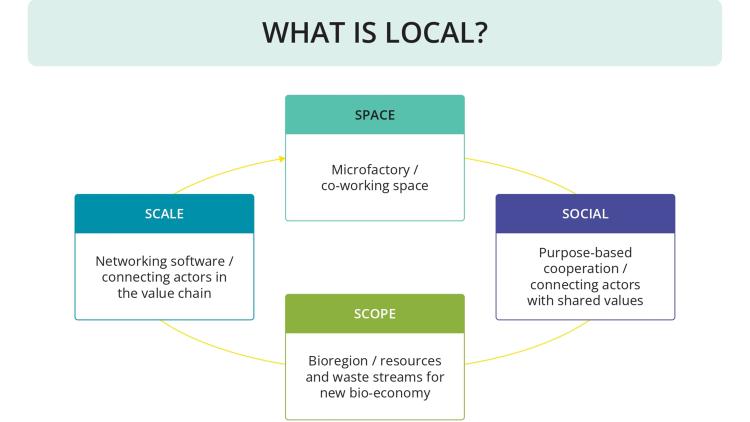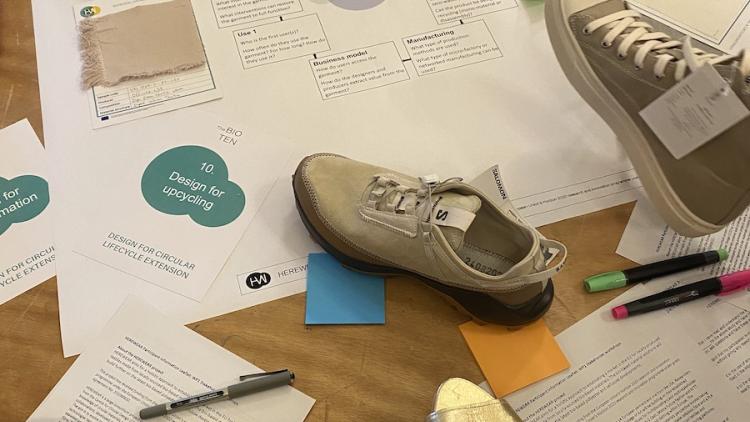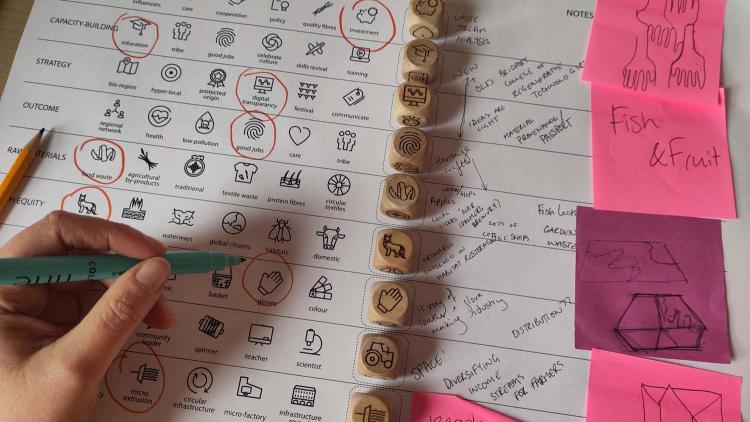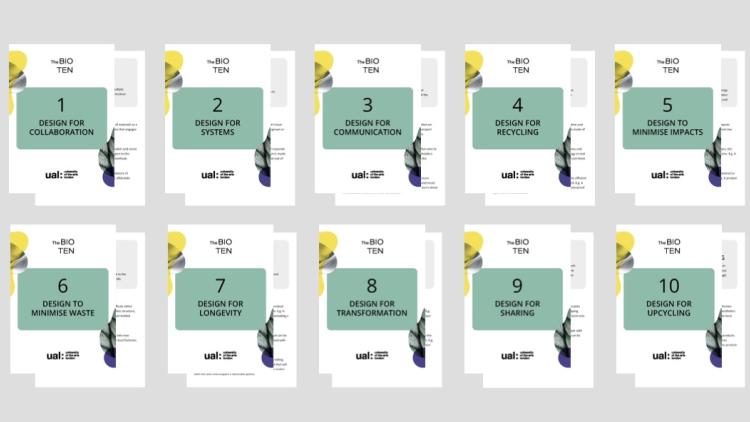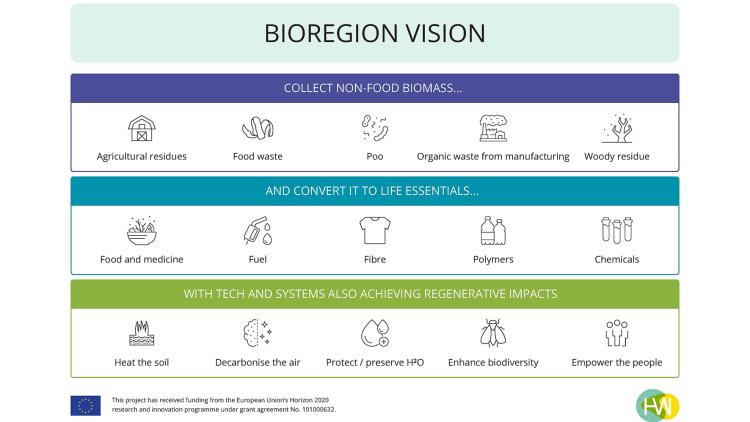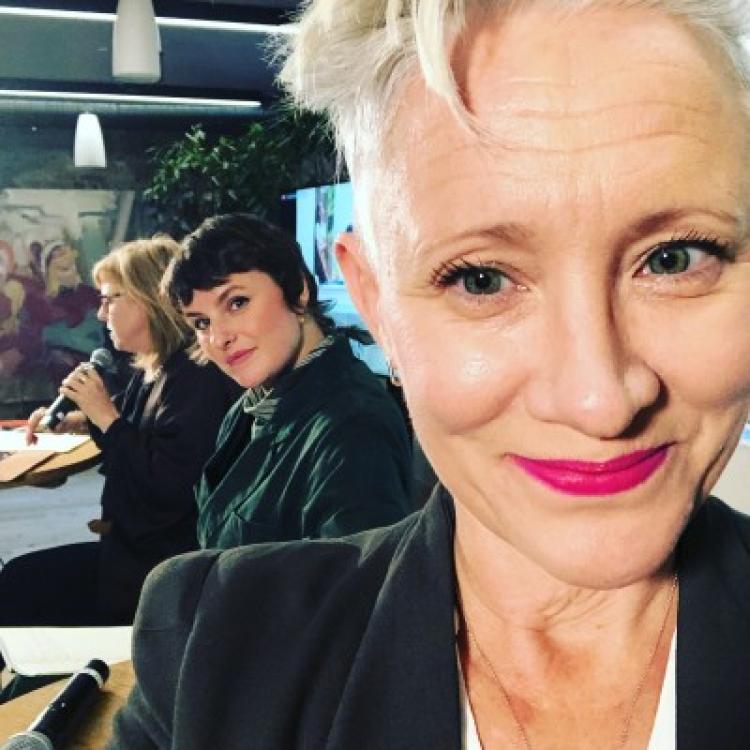Using creative tools with communities
As the HEREWEAR project has researched and tested the creative tools, methods, and technologies for Bio-based, Local and Circular textiles, it has in parallel reached out to connect and interact with stakeholders in a range of settings across Europe to explore how these elements can come together in concrete scenarios of practice.
One of the unique features of HEREWEAR was that alongside the development of technical demonstration and guidance, we aimed to build a stakeholder community. The HEREWEAR community comes together around the values of Bio-based, Local and Circular, to accelerate the transition to a more sustainable textile and clothing industry.
We actively sought communities who were at different stages of their journey of transition to Bio-based, Local and Circular textile economies, and each had a different area of focus and characteristics. We then tested the creative tools, technologies and methods with these communities to find out if they are useful, how they are useful, and how they can be improved, and combined to support and engage.
A set of case studies has been developed on the basis of this series of workshops, with thematics and approaches varying according to the social, economic, cultural and environmental features of the hosting community.
The San Leucio - Campania Community Case Study significantly contributed to the HEREWEAR production scenarios that connect the agricultural and textile worlds, in the context of a re-invention of the territorial economy. Business activities associated with relocalisation can thus be extended, including such models as on-farm production, cooperative production and culture-based reinvented, and prepared the Arles case study.
The Antwerp Community Case Study was conducted in two steps, and showed that a) sustainable and social entrepreneurship can be developed and supported even when biobased fibers and fabrics are not available, and b) new economic paradigms are necessary for those wishing to participate in the T&C sector’s transition towards sustainability. Some of their themes were explored further in the Bridport case, with the local and social community.
The Lași Community Case Study focussed on the needed connections between farmers and textile producers, to initiate a strong biobased value chain, and make it as circular as possible from the start. Later in the project, the London case focussed on reuse, remanufacture and recycle.
In addition to the three case study downloads at the top of this page, you can download the London Community Case Study from the Garment Scenario page, the Bridport Community Case Study from the Story-Making for Local Making page, and the Arles Community Case Study from the Bioregion page - find these resource pages below!

